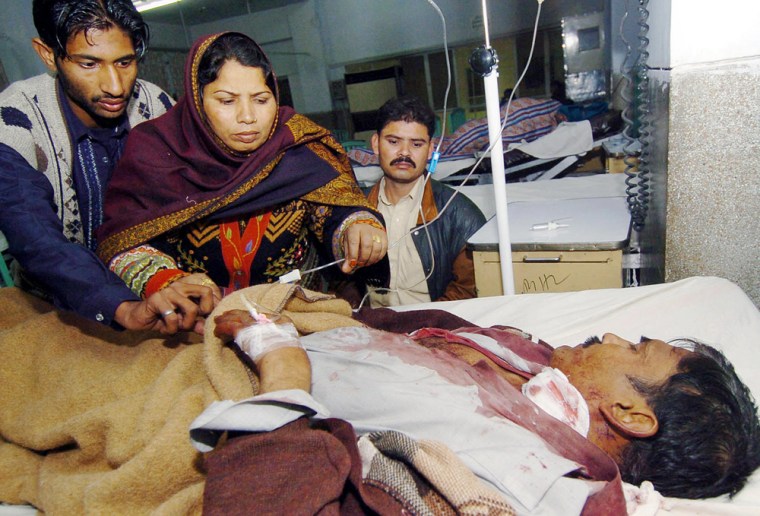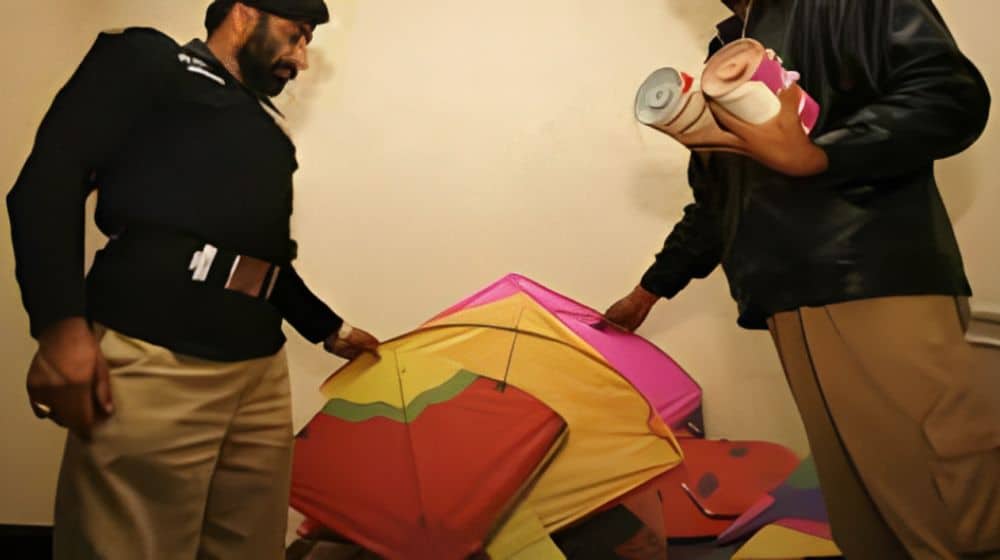The Faisalabad Kite Door Incident refers to a tragic event where a kite string caused harm to individuals. The incident involved a kite string cutting someone’s throat, leading to severe injuries. Asif Ashfaq, a young boy was faced an incident due to Kite Door on the road when he was going to take aftari for his family. Eyewitnesses and videos captured the incident, shedding light on the dangers associated with kite flying, particularly when using sharp strings. This tragic Kite-Flying accident of Asif Ashfaq in Faisalabad incident highlights the need for safety measures and regulations to prevent such accidents in the future.
Kite Flying Door Safety in Pakistan

The safety of kite flying in Pakistan, particularly regarding kite strings, is crucial to prevent accidents and injuries. Kite strings, also known as Manjha, are sharp and can pose a danger to individuals if not handled properly. It is essential to use appropriate safety measures while flying kites, such as ensuring a safe distance from people, roads, power lines, and airports. Avoiding flying kites in stormy weather and being cautious of the kite’s movement in high winds are important safety considerations. Sun protection, like hats, sunglasses, and sunscreen, is also advised to prevent sunburn during kite flying. It is recommended to use gloves when handling large kites to protect hands from cuts or burns caused by the kite line. By following these safety guidelines and being mindful of potential risks, kite flying can be enjoyed safely in Pakistan.
The Common Injuries Caused by Kite Flying in Pakistan

Common injuries caused by kite flying in Pakistan include lacerations, neck injuries, fractures of bones in the upper and lower limbs, head trauma, and gunshots. After getting knowledge about Faisalabad Kite Dor Incident, these injuries can range from mild to severe, with falls, cuts, head injuries, and fractures being the most prevalent consequences of kite flying activities. Injuries sustained by kite flyers, kite runners, riders of two-wheelers, and pedestrians are common, with kite strings, especially those coated with glass or sharp materials, posing a significant risk. It is crucial to be cautious while flying kites to prevent these injuries and ensure a safe and enjoyable experience.
The Safety Measures to be Taken While Flying Kites in Pakistan

When flying kites in Pakistan, it is essential to prioritize safety by following specific measures to prevent accidents and injuries. Here are the safety measures to be taken while flying kites in Pakistan:
-
-
Check Weather Conditions
Before flying a kite, be sure to check the weather conditions. Avoid flying in stormy or gusty winds.
-
Select an Open Area
Choose an open area away from power lines, trees, and other obstacles for safe kite flying.
-
Use Appropriate Equipment
Use sturdy strings and well-designed kites. Avoid metallic strings or wires to prevent interference with power lines.
-
Be Mindful of Surroundings
Ensure that kite-flying activities do not pose risks to people or animals in the area.
-
Avoid Crowded Areas
Opt for open spaces with minimal foot traffic to fly kites safely.
-
Supervise Children
Teach children the importance of following safety rules and staying away from potential hazards while flying kites.
-
Respect Aviation Regulations
Avoid flying kites near airports or restricted airspace and adhere to aviation regulations.
-
Stay Away from Roads
Refrain from flying kites near roads or highways to prevent distractions to drivers and pedestrians.
-
Use Gloves for Large Kites
When flying large or powerful kites, use gloves to protect hands from potential abrasions or burns from the kite string.
-
Prioritize Safety in Changing Weather
If the weather worsens and you are unable to control the kite safely, prioritize safety for yourself and those around you.
-





